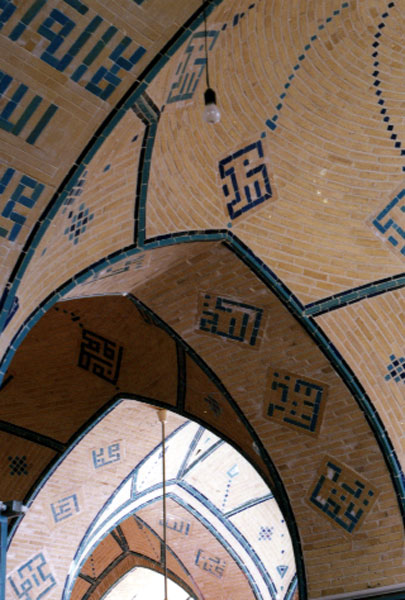Markazi Province is one of the 31 Provinces of Iran. The word Markazi means central in Persian. In 2014 it was placed in Region 4. Markazi lies in western Iran. Its capital is Arak. Markazi province is one of industrial regions of Iran. The economy is composed of service, industrial and agricultural sectors respectively. Many mother industries such as petrol, petrochemicals, and metals are concentrated in the province. The are many potentialities in Markazi Province based on ecotourism, rural and nomadic tourism.

Markazi Province, approximately in the center of Iran, is considered to be the industrial capital of Iran. Arak, a mega polis, is the capital and the largest city of the province. It borders with Tehran, Alborz and Qazvin provinces northwards; Hamadan eastward; Lorestan and Isfahan southwards; and Tehran, Qom and Isfahan eastwards. Markazi province has 29.530 km square area. Due to high mountains, proximity to central Iran, adjacent to the Howz Soltan area, Meghan desert and the Salt Lake, as well as the location of the crossroads of the two Alborz and Zagros mountains, rovince has diverse climates. Also, the direction and flow of winds in the western Mediterranean and the Atlantic, the massive air pressure of the Indian Ocean and the cold currents of Central Asia effect the climatic conditions of the province.
Markazi province was part of the Median Empire in the first millennium BC, Which included all of the central and western parts of modern-day Iran. The region is considered to be one of the ancient settlements on the Iranian plateau. Numerous remaining ruins testify to the antiquity of this area.

In the early centuries Islam, the name of the area was changed to jibal or Qahestan. By the early 10th century, Khorheh had become a famous city of Jibal province, followed by Tafresh and Khomein. In recent years, the expansion of the North-South railroad and the establishing of major industries helped boost development in the area. Because of its great diversity and untouched environment, about 43 percent of Markazi population lives in rural areas, earning their livelihood from agriculture and animal husbandry. About 3000 nomadic households live in the province. Nearly 1000 households still migrate from and to Markazi province. The tribes are Shāhsavan, Kaleh-Koui, Mish-Mast, Khalaj, Rāveh, and Kalhor, each consists of some clans. Before the conquest of Iran by Arabs, the people of the region were chiefly Zoroastrian. Remains of many fire temples in Markazi province is the evidence of the fact. Now people are mainly Shiite Muslims. There are small minorities of Armenians and Jewish. Markazi province is a host to many languages and dialects. There are some dialects of Turkish, cluding Khalaji Turkish. The main language is Persian with its diverse dialects as Lori and Laki. Tati is a language derived from Ancient Persian, spoken in some regions of Ashtiyān. Mainly in Vafs. There are American speakers in Arak, Saveh and Kharanaq. Armenian villagers in Khomein had mainly left theri birthday after birthplace after 1970s to major Iranian cities.
Reference: Cultural Heritage, Handicrafts & Tourism Organization of Iran, Iran Travel guide. Iran: 2018

